Here are the five big problems holding Horus Heresy back in 2025; from Legends units to bloated prices, the reboot comes with a lot baggage to hurdle.
Horus Heresy is back in the spotlight for 2025 with a shiny new rulebook—and a growing pile of problems riding shotgun. The reboot brings major changes, but instead of fixing what needed attention, it really seems to have stirred up frustration for a lot of players.
Let’s break down the five biggest things still holding Horus Heresy back in 2025, and why some of them are getting worse, not better.
Drifting Into Problems From The Jump
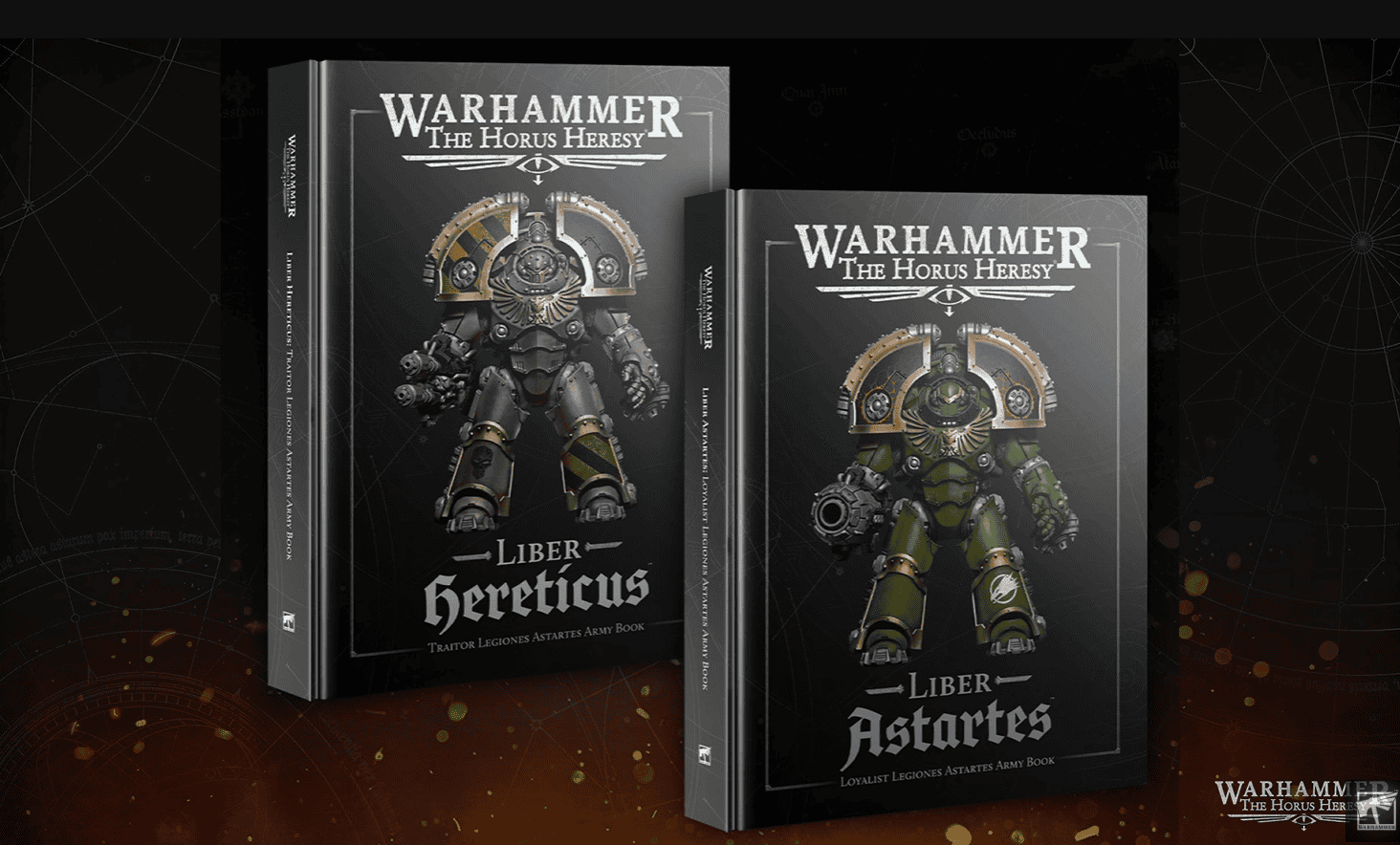
1. The 2025 Rules Overhaul Pulls a Fast One on Core Players
There’s modernizing, and then there’s tossing the playbook into the warp.
Games Workshop is about to drop the new 3rd edition Horus Heresy rulebook, and from what we’ve seen so far, it’s not just a cleanup—it’s a full-blown rewrite. Core mechanics are being overhauled, pacing looks drastically different, and the game is starting to resemble an older version of 40K dressed up in Legion armor.
Here’s the problem: the core Heresy crowd didn’t ask for a new game. Most were hoping for minor balance tweaks, clarified rules, and maybe some polish, not a sweeping rewrite of the system they’ve spent years learning, collecting for, and running narrative campaigns around.
This crowd loves the methodical, gritty feel of armored warfare. It’s what drew them away from 40k in the first place. So when GW starts “streamlining things” to appeal to a faster, more reactive style of play, it risks stripping out the very identity that’s kept this community engaged for so long.
2. Heresy Models Got the Legends Treatment—And That Still Stings
The new third edition rulebook is just around the corner, and while it’s aiming to breathe life back into the system, it’s still dragging some baggage behind it, starting with the whole Legends debacle.
Back in 2023, Games Workshop quietly shifted most Horus Heresy units out of Warhammer 40K entirely. That meant no more matched play for Contemptors, Kratos, or most Legion-specific units—unless you wanted to use them in casual games and risk the awkward “that’s not legal anymore” discussion.
For players who spent years and a lot of money on Forge World resin too, it felt like the game just locked the doors behind them.
Now, as we gear up for the third edition, those models still aren’t making a return to 40k. There’s no indication that GW plans to reverse the Legends status, and that cuts deep. One of the few selling points that justified the high cost of these kits was their cross-compatibility.
With that off the table, Heresy feels more like a self-contained collector’s line than a living part of the larger Warhammer ecosystem.
If the new edition wants to pull players back in, it has to reckon with the fact that many of them now own armies that don’t work outside of this game. That makes support and stability even more critical because at this point, there’s nowhere else for these armies to go.
3. The Price Tag Is Still a Gut Punch
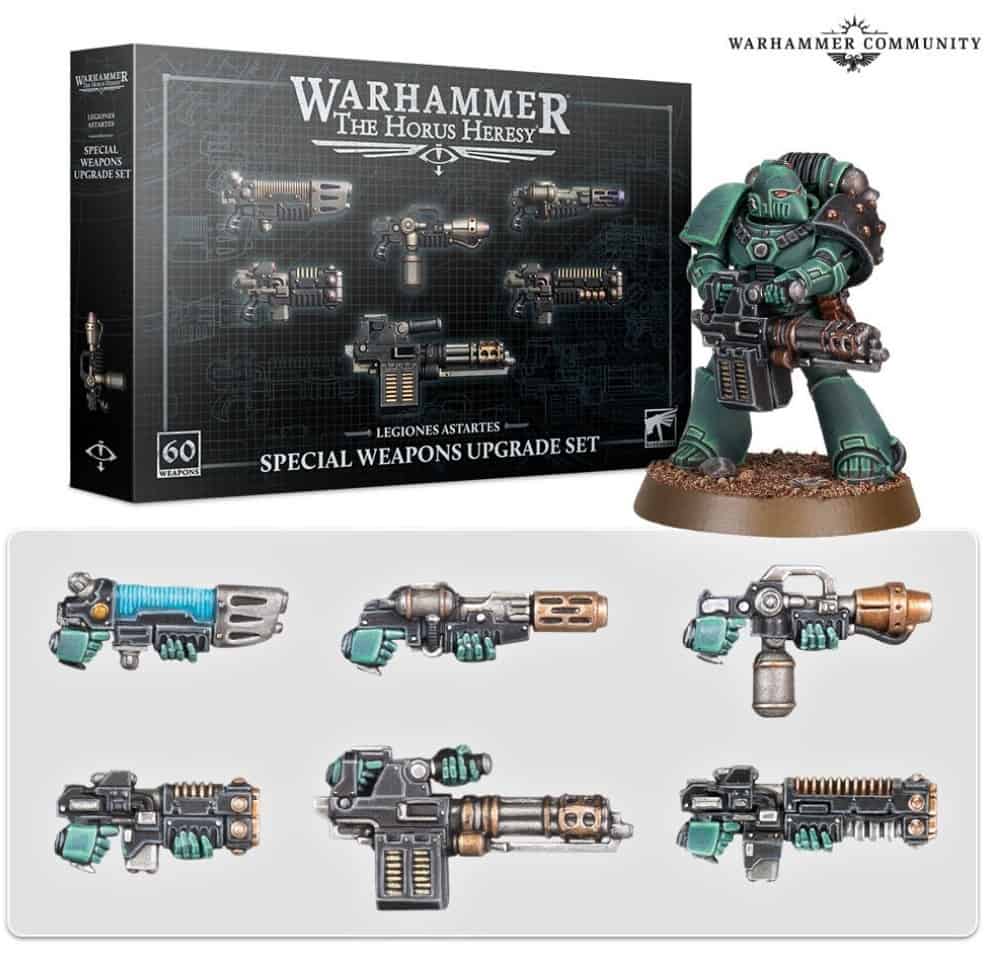
The model range is still one of the most expensive in GW’s catalog, especially if you’re looking at Forge World resin. While the newer plastic kits can actually be cheaper than their 40k counterparts, you need to buy the heavy and special weapons to make use of them.
So, while they seem more affordable upfront, they really aren’t by the time they hit the table. Especially if you buy a couple of FW products, your army gets expensive fast.
And unlike 40k or Age of Sigmar, you can’t get much reuse out of your units elsewhere. It’s Heresy or bust.
That’s fine for die-hards who already have armies built, but for someone looking to start fresh, it’s a hard sell. And let’s be honest—Heralds of Ruin, this is not. You’re not building a skirmish force and calling it a day. Most armies still require a deep investment in units, transport, and heavy armor just to hit the table.
If GW wants third edition to bring in new blood, they’ll need to address the cost—or at least make sure the value is there. Because right now, players are spending more to do less.
4. Factions Still Feel Like Reskins of Each Other
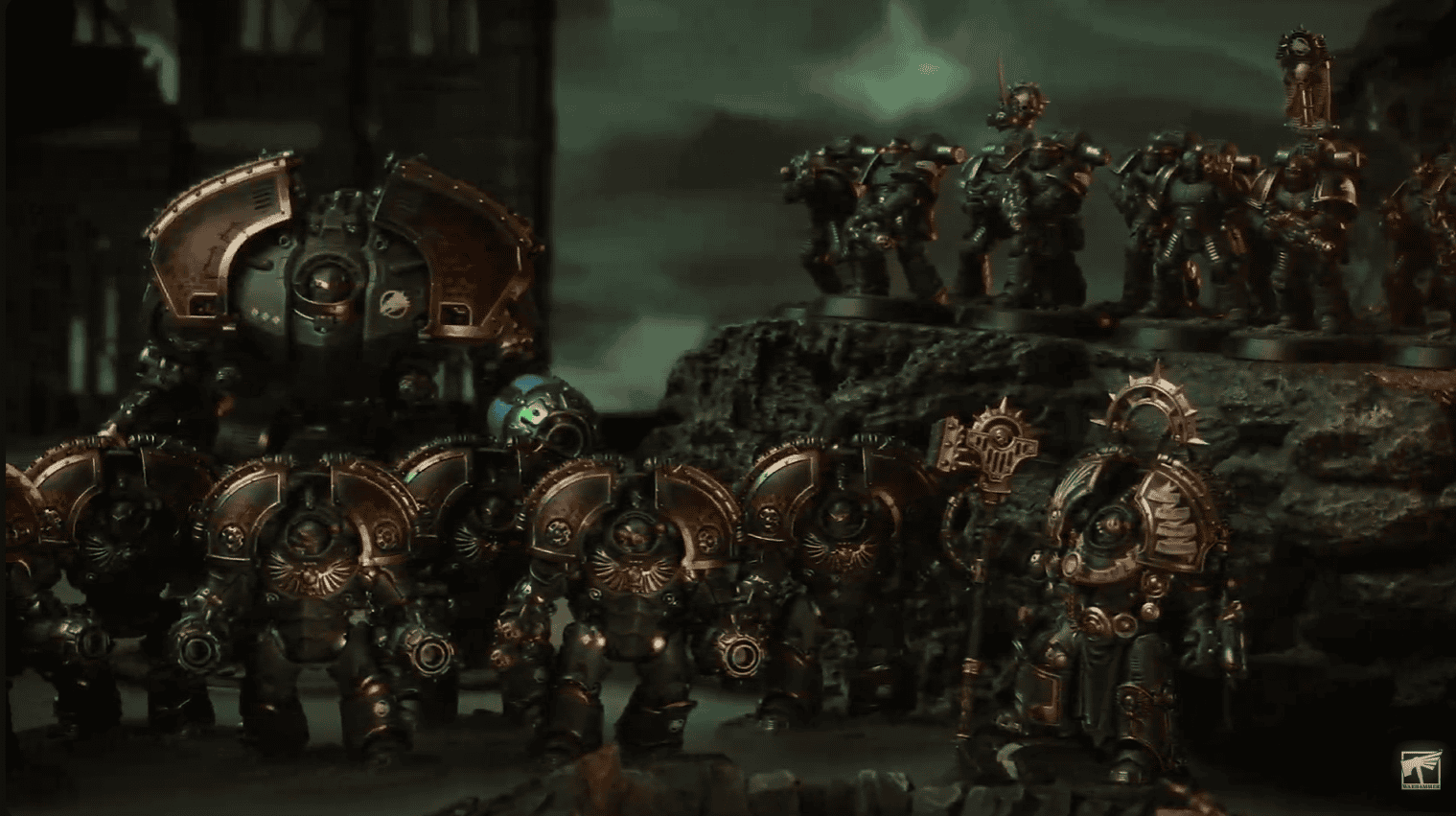
Sure, 18 Legions sounds exciting. But once you get past the paint schemes and flavor text, many of them still play nearly identically. You’ve got the same core troops, the same vehicles, and wargear differences that feel more like unit taxes than real variety. It’s hard not to feel let down when your “feral, savage” Legion runs exactly like your buddy’s “strict and disciplined” one, just with different names for the same gear.
This is the kind of thing 3rd edition could fix—if it really wanted to. But that would mean rethinking the mechanical guts of each Legion, not just rewording the traits and calling it a day.
5. The Local Scene Is Thinning Out
Let’s be honest—Horus Heresy has always leaned on its community to keep the lights on. Game nights, group chats, homebrew campaigns—that’s where the magic happened. However, since the “sundering” in 2018 when Games Workshop jacked up the pricing of Forge World overnight, things have been quiet.
Stores are cutting back on Heresy stock. Weekly game nights are turning into monthly meetups, if that. And with GW not offering much in the way of narrative events or organized support, a lot of local groups have fizzled.
Meanwhile, 40k and Kill Team keep building momentum with structured releases and beginner-friendly entry points.
Third edition has a shot at fixing this—but it needs to give players tools to build communities again. That means campaign packs, mission variety, and actual reasons to run store events. If all we get is a shinier rulebook and a couple of new units, it’s not going to move the needle.
So… What Now?
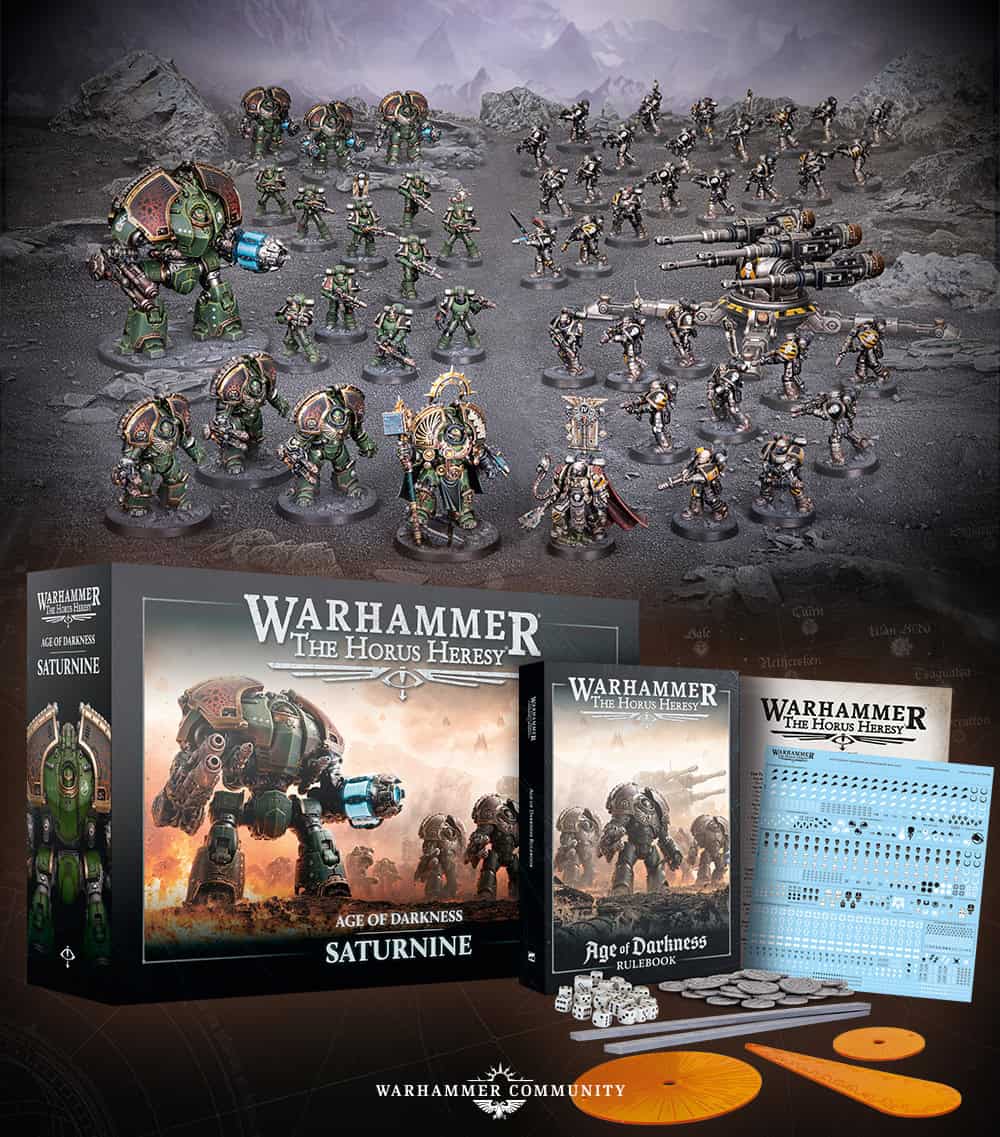
We wanted tuning. We’re getting transformation. That doesn’t make it bad, but it does mean the pressure is on. The player base is loyal, but not bottomless.
They seem tired of carrying the system on their backs while paying top dollar for models that don’t work outside one niche format. They’re tired of being told this is “a narrative-first game” without any official narrative support.
So if GW wants this edition to land, it has to do more than look good on the shelf. It needs to feel like a game worth investing in, again.
Because if it doesn’t? That shelf is going to get a lot more crowded with dusty Primarchs, half-built Spartans, and players quietly going back to systems that still know how to throw a party.
See the Latest on the Third Edition Here
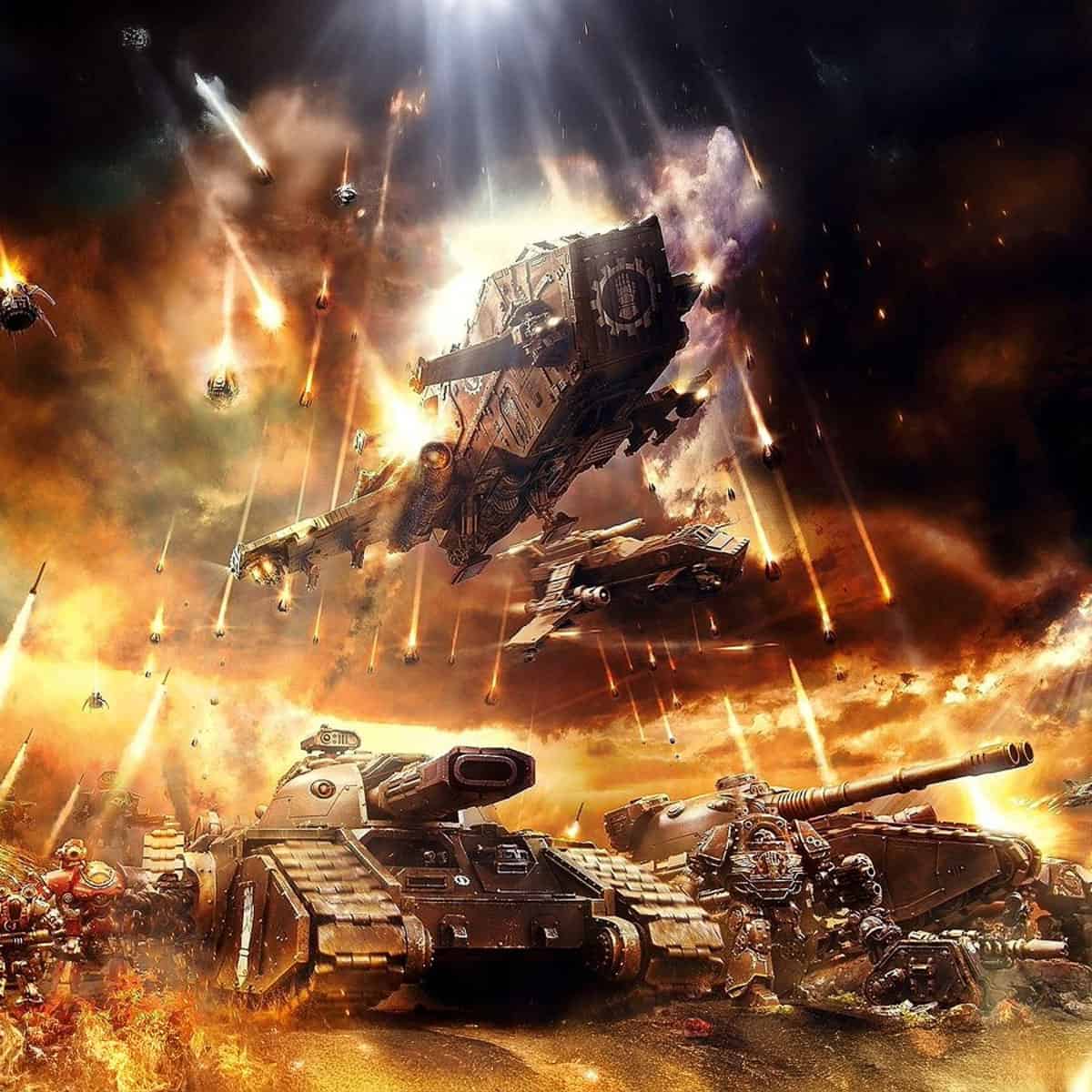
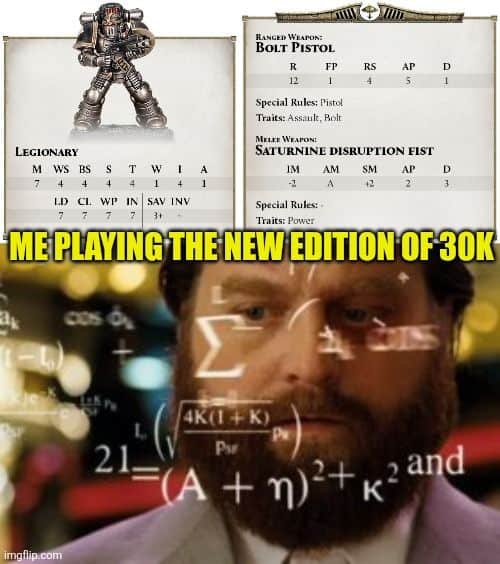
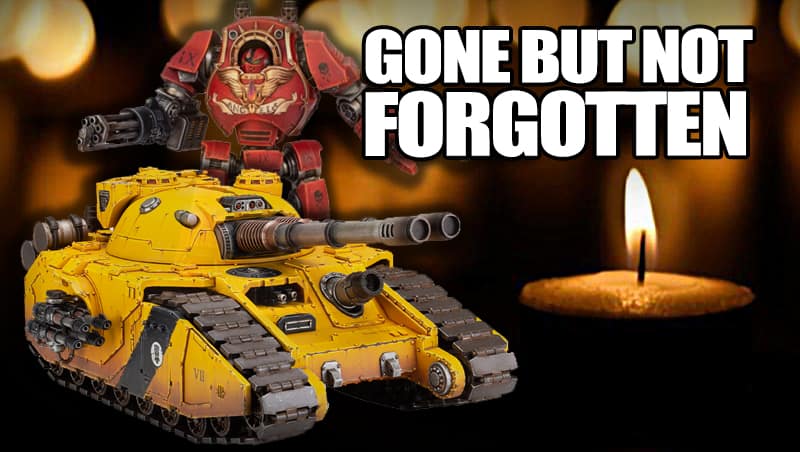
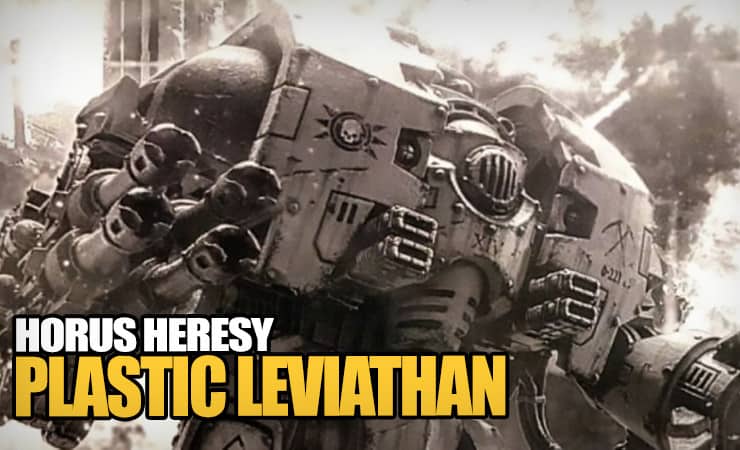
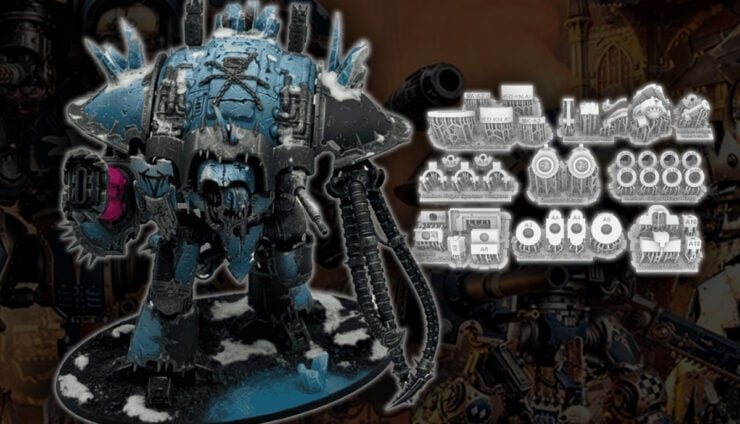
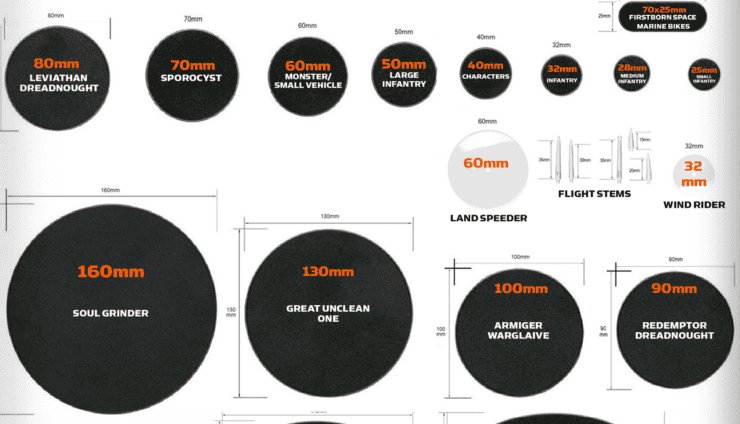

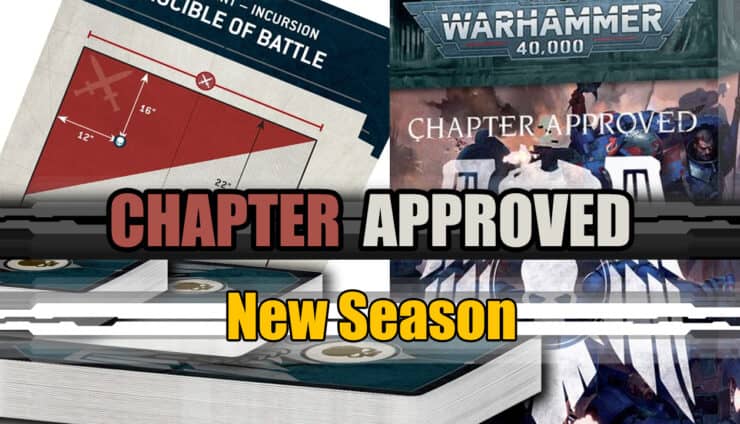
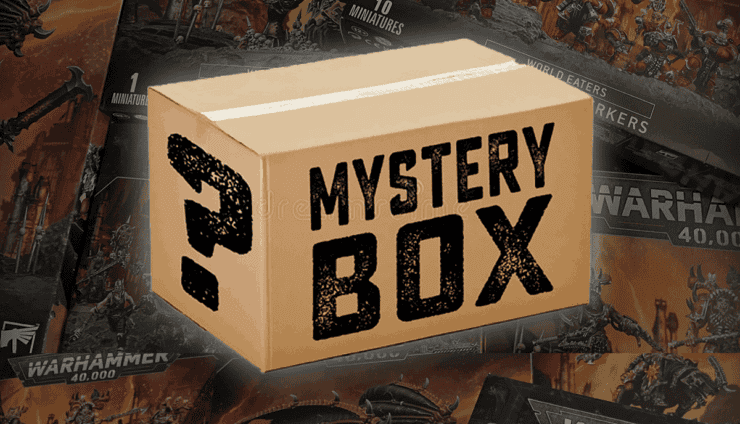
“Sure, 18 Legions sounds exciting. But once you get past the paint schemes and flavor text, many of them still play nearly identically.”
This is patently false. There are alot of units in common, sure…but the legion traits and rites of war *vastly* change a Legion’s playstyle. Do you guys even play Heresy or do you like to just aim for the bait articles?
Additionally, the Legends fiasco has little bearing on Heresy. People were buying 30k models for 40k, and very rarely were they actually migrating to 30k in the process. Plus, the scene isnt thinning out as much as you think, its just not the titan 40k is and it never will be. Its a niche wargame that is actually, at least as of 2.0, still a wargame and the same cant be said for GW’s other two main products in AOS and 40k. The community is hoping this hews closer to what they did with MESBG (core game is perfect, just overhaul some outlying stuff) though it seems like they have a good chance of just pushing the community back to 1.0/2.0 with using the Liber Panoptica as their errata. Most of us already have, as GW essentially abandoned the last edition almost immediately.